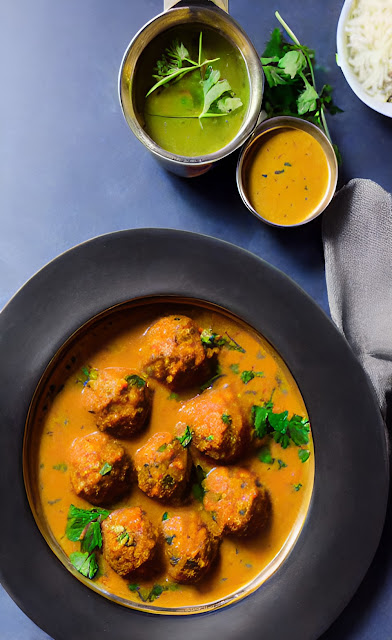Honey Rings (Qagħaq tal-Għasel), Maltese Traditional Pastry
The original name in Maltese is Qagħaq tal-Għasel, which is quite challenging for english speakers to pronounce. So, we'll use its meaning, which is roughly translated as honey rings.
These are rings filled with a mixture of honey, semolina, and various flavorings. Some versions use molasses (a byproduct obtained from sugar processing) to reduce costs, but the original recipe uses honey, which is what we'll use here.
This is the most characteristic sweet of this small archipelago, along with the Figolla. Honey Rings are available throughout the year, but their production intensifies during Christmas. In contrast, Figolla is more associated with Easter.
INGREDIENTS (for 15/20 rings)
For the dough:
- 500 grams (1.1 lb) of all-purpose flour
- 50 grams (1.8 oz) of unsalted butter
- 1 egg
- Juice of 1 orange
- Water
For the filling:
- 400 grams (0.9 lb) of honey
- 300 grams (10 oz) of semolina
- 400 ml (2 cups) of water
- 100 grams (3.5 oz) of white or brown sugar
- 50 ml (1/4 cup) of anise liqueur (or if you don't have it, brandy or similar liqueur)
- 2 tablespoons of orange blossom water
- Zest of 1 lemon
- 1 teaspoon of cinnamon
Making the filling:
1. In a saucepan, combine all the filling ingredients except the semolina and bring to a boil, stirring constantly. When this happens, reduce the heat and gradually add the semolina, again stirring constantly.
2. Keep it on the heat for about 10 minutes to ensure the semolina is well-cooked. Otherwise, it would taste like raw wheat.
3. After the time, let it cool to room temperature and then refrigerate overnight.
Making the dough:
1. Mix the flour with the softened butter until well combined. If you don't have a food processor or a stand mixer, you have no choice but to do it by hand (about half an hour).
2. Once the butter and flour are mixed, add the egg and the orange juice. Continue kneading until the dough is dry and small balls start to form. Before this happens, gradually add water until you have a homogeneous and smooth dough with the texture used for making bread.
3. Wrap the dough in plastic wrap and also place it in the refrigerator, next to the filling, to keep them company overnight.
Next day:
1. Take out the dough and divide it into 15 or 20 equal parts (the more parts you make, the smaller the rings will be). I usually weigh one portion and make the rest the same weight to ensure all the rings are roughly the same size.
2. Place one of these balls on a floured smooth surface and shape it with a rolling pin into a rectangle about 10 x 20 cm (4 x 8 inches). In the center of this rectangle, spread part of the filling longitudinally.
3. Moisten the edges of the dough with water and close the rectangle to form a cylinder, trying to seal it well. Then, join the ends, and you have your ring.
4. Now, make diagonal cuts to allow the filling to be visible.
5. Preheat the oven to 180 degrees Celsius (356 degrees Fahrenheit) and place the rings on a baking sheet covered with parchment paper.
6. 20 minutes in the oven is more than enough.
They are best enjoyed at room temperature, accompanied by coffee or tea, or simply on their own.



Comments